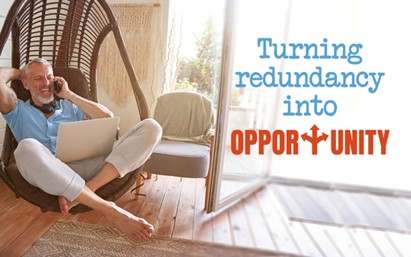As this financial year draws to a close, it will be viewed as a year like no other. COVID-19 (coronavirus) has impacted everybody’s life, albeit in different ways for different people.
For some, staying at home has meant you have greater savings; for others, the virus has meant lower wages or even the prospect of unemployment for one or more members of the family.
Whichever side of the equation you fall, end of financial year planning has never been more important. Traditionally it marks a time when you can stop and assess your current situation and make plans for the future. That hasn’t changed but your circumstances may well have.
Super options
If you are in the fortunate position of having saved more money, you could consider making extra contributions to your super. This could take the form of voluntary contributions, spouse contributions, co-contributions or carrying forward any unused contributions from last year.
As superannuation is concessionally taxed, it makes sense to make the most of this environment.
Using the unused contributions rule, say you only made $20,000 in concessional contributions in the 2018-19 financial year, then you have $5000 in unused contributions you could make this current year. This means you could contribute a total of $30,000 in this current year ($5000 unused contributions plus the annual contributions limit of $25,000) as long as your super balance is less than $500,000.
Or you might consider making a co-contribution to your fund. If you earned $38,564 or less this financial year, then you could contribute up to $1000 to your super as a non-concessional payment and the government will match it with a contribution of up to $500. That’s a handsome return on your investment of 50 per cent. The government’s co-contribution gradually phases out once your income reaches $53,564.
If on the other hand you have lost some or all of your income and have fallen on financial hard times, you may be eligible to withdraw $10,000 from your superannuation before the end of this financial year and then a further $10,000 in the first quarter of the 2020-21 financial year.
This will have an impact on your final retirement balance, but it may be of considerable help in your current situation. It’s important to weigh up carefully the pros and cons of such a move.
Tax concessions
Of course, reduced income will mean you may well benefit from a tax refund as you may not have worked the full year or not at the rate you began the year.
When you are calculating your expenses for this current financial year, also remember that there are expenses associated with working from home such as mobile and internet costs, electronic device purchases and stationery costs.
The Australian Taxation Office has a quick formula which will allow you to claim 80c for every hour worked at home or else you can choose to calculate the actual amount yourself. This may end up giving a better result but could be more time consuming. The volatile sharemarket may also mean that you have some capital gains or losses that you can offset against your taxable income.
Retiree breaks
For retirees, the coronavirus may also have put a dent in your income due to sharemarket losses or reduced rental income from investment properties.
To ease the pressure, the Government has moved to cut the minimum drawdown requirement on superannuation pensions by 50 per cent for both this current financial year and next year. If you are in a position to take advantage of this drawdown reduction, then it may go some way to maintaining your retirement savings.
Of course, the rule of bringing forward expenses into the current year and deferring receipts into the following year still holds. For instance, if you have insurance premiums to pay and can afford it, consider making them up to 13 months in advance in the current year.
Donating to charity is also something to consider, particularly when there is so much need for financial assistance in the community this year. All donations to registered charities are tax deductible.
Book a chat with the Centaur Financial team to step through what you should be doing next.





































































